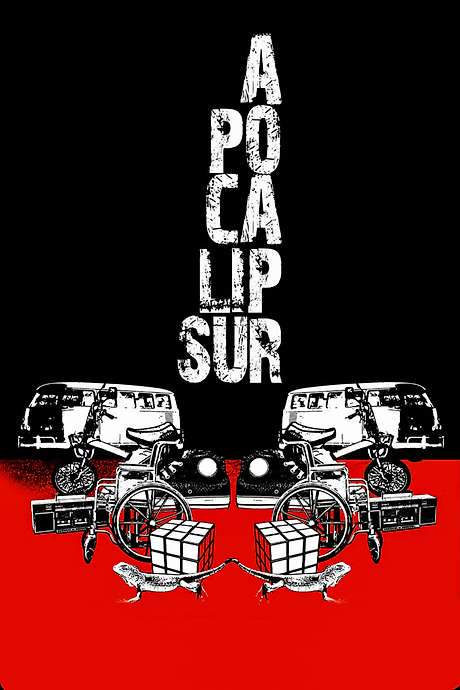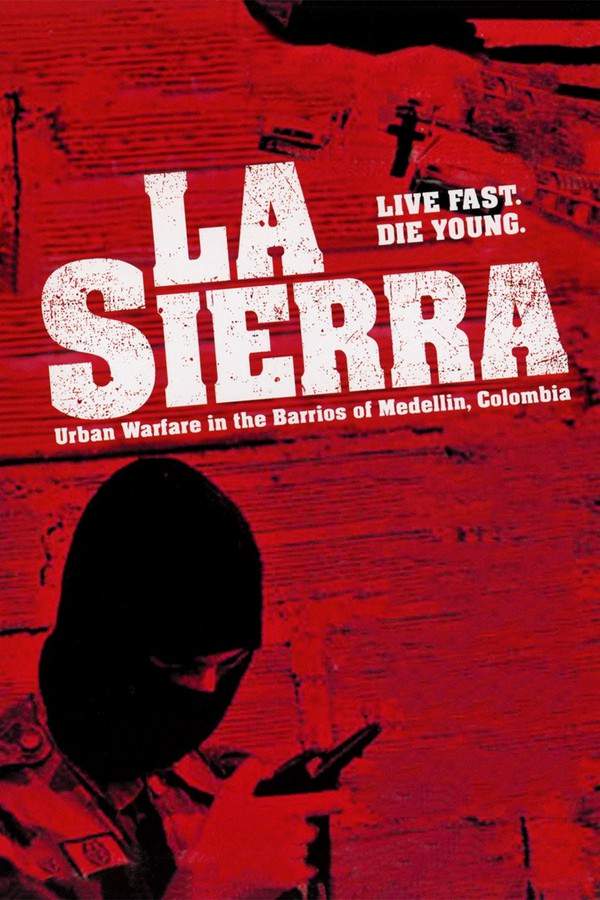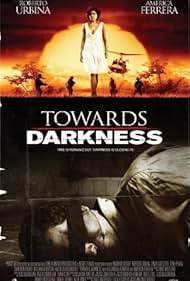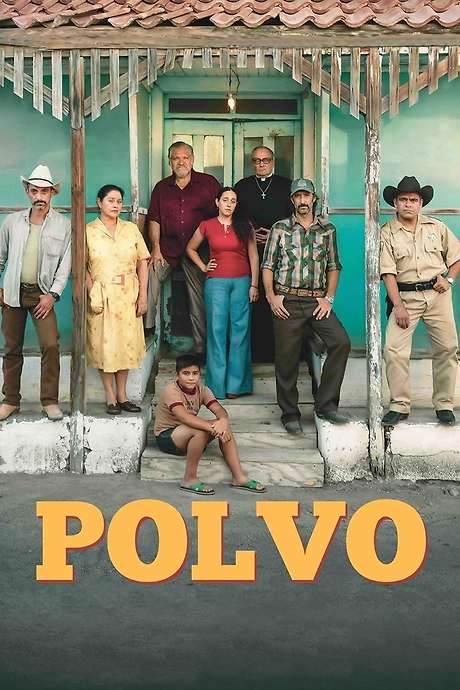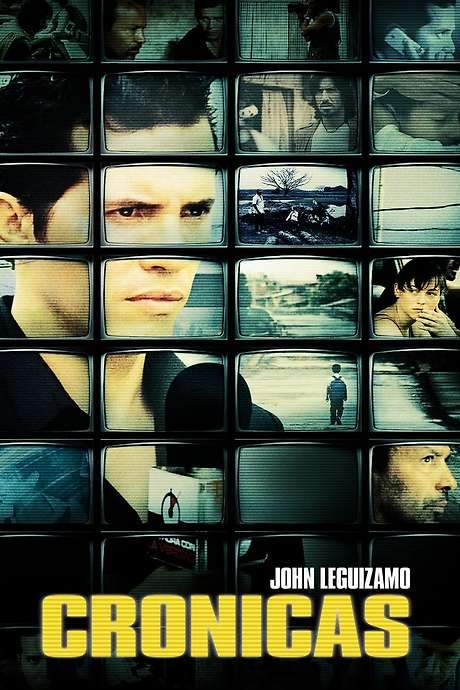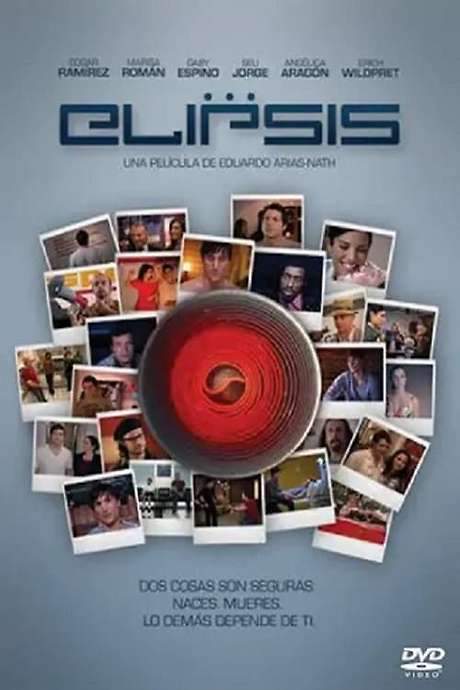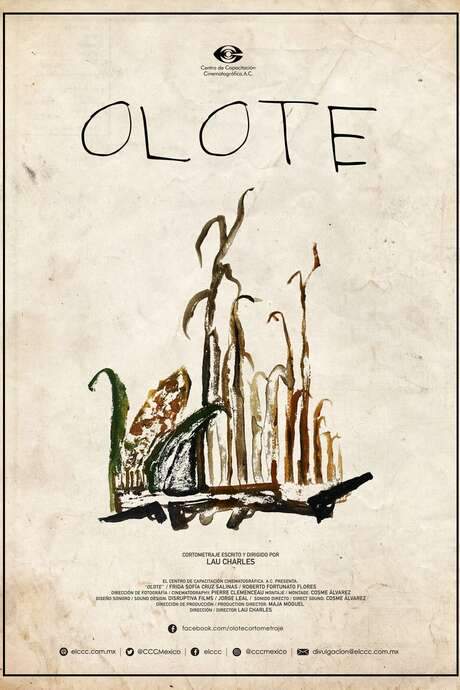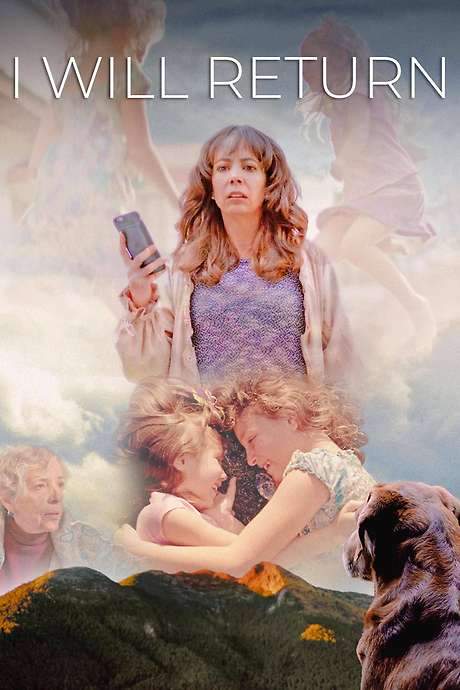Warning: spoilers below!
Haven’t seen Apocalipsur yet? This summary contains major spoilers. Bookmark the page, watch the movie, and come back for the full breakdown. If you're ready, scroll on and relive the story!
Apocalipsur (2007) – Full Plot Summary & Ending Explained
Read the complete plot breakdown of Apocalipsur (2007), including all key story events, major twists, and the ending explained in detail. Discover what really happened—and what it all means.
In 1991 Medellín, a tight-knit group of friends navigates life under the shadow of brutal drug violence and a volatile political climate. The story centers on a group whose loyalties, loves, and fears intertwine as they move through a city where danger seems to lurk around every corner. At the heart of their world is El Flaco, a young man whose choices test the bonds that hold him and his friends together.
Before leaving for exile in Switzerland, El Flaco shaves his head and throws a farewell party with live rock music, a moment that feels both defiant and fragile. He departs after threats against his mother, a decision that casts a long shadow over those he leaves behind. Months later, El Flaco returns to a Medellín that has not changed much in its fevered cycle of violence; yet the dynamics within the group have shifted. Caliche and Malala—their relationship now in place—are a couple, though Malala still harbors feelings for El Flaco. The reunion ride home from the airport becomes a time capsule of memories, as Caliche, Comadreja, and Pipe—the wheelchair-bound friend—join El Flaco in a battered Volkswagen van nicknamed Bola de Nieve. The exchange on that ride centers on recollections, shared jokes, and the ache of a friendship stretched by time and the city’s unrest. Malala’s mood sours as she realizes Caliche kept the plan to pick up El Flaco from her, a reminder that trust among friends remains a delicate thing.
The film shifts between present tense and flashbacks as the riders drift through memories of their chaotic past. One haunting memory recalls a kidnapping that bonded El Flaco and Caliche under threat of death. They were seized because El Flaco was the son of a judge investigating a narco case, and Caliche was targeted over a dispute involving his father. In a twist of fate, their captors are killed during a rescue operation, and the teens manage a perilous escape. Those early ordeals haunt the road alone as they pass signs of the ongoing drug war—military helicopters overhead, police checkpoints, and posters of Escobar that plaster the walls of the city.
The conversation among friends expands into a critique of the broader forces at work in Colombia’s conflict. They discuss the role of the United States in the drug trade, the terrible logic of prohibition, and how these forces amplify the violence that tears through neighborhoods. Caliche, in a moment of reckless candor, reveals cocaine remnants he found in his mother’s boyfriend’s stash, a detail that underscores how closely their world is linked to the drugs that drive the war.
Interwoven with the present-day road trip are more memories of their youth. A particularly stark flashback shows El Flaco and Comadreja being chased by police while riding bikes, smoking marijuana, and enduring a brutal, dehumanizing encounter that ends only when the officers abandon them after a street crime diverts attention. The film uses these vignettes to show how the city’s police and its streets have always been a perilous classroom for the young people who live there.
At a roadside café, Malala drops a bombshell that changes the mood of the entire group: on the night El Flaco left for Switzerland, Malala learned she was pregnant with Caliche’s child but chose to terminate the pregnancy. El Flaco overhears the confession in the bathroom, and the moment triggers a flood of emotion that leaves him broken. Caliche and Malala argue, their friction revealing how love, guilt, and responsibility collide under the strain of their environment, yet they eventually find a path back to each other.
Humor and mischief shadow darker memories as Comadreja and Pipe stage a prank on the café owner, posing as a foreigner. The friends also recollect a wilder night when they picked up a transgender sex worker named María Antonieta; a young El Flaco, high and amused, kisses her, mistaking her for a foreigner. These memories are not mere escapism; they reveal a generation learning to cope with a world where danger and desire sit side by side.
As the group nears the airport, the mood softens into a melancholy about El Flaco’s solitary life in exile—imagining him barefoot in the snow of Switzerland. They pull Pipe’s wheelchair behind the van as they approach a vacant lot near José María Córdova Airport, waiting for their friend to return. In a final, almost darkly comic twist of fate, Comadreja forgets to close the van door, and El Flaco’s iguana, Marihuana, escapes into the world they are leaving behind. The scene sets the stage for the film’s devastating reveal.
In a shattering turn, it is disclosed that El Flaco died in exile. The friends are not gathering to welcome him back, but to recover his body. They return to Medellín with his coffin, a transport that becomes a conduit for reflection on lost youth and a generation battered by the forces around them. The ride back is punctuated by misfortune: the van runs over the escaped iguana, and in the chaos, El Flaco’s coffin slips into a stream. The film closes on a solemn note, a double loss that feels like the reincarnation the group once imagined for their friend—the human life he once lived and the animal life he hoped to become.
The closing dedication appears on screen: “For El Flaco, Carlos Bernal, who disappeared in Geneva (Switzerland) on October 23, 1991.” It lingers as a sober reminder of the real people behind the stories, the disappearances that punctuated a generation’s years, and the complex, tender, sometimes painful bonds of friendship that endure even when life itself is slipping away.
Papito, Hernando Casanova makes a memorable impression within the group as the elder presence who anchors their shared experiences, a figure whose memory lingers as the others navigate a city that never fully lets them go.
Last Updated: October 09, 2025 at 16:37
Unlock the Full Story of Apocalipsur
Don't stop at just watching — explore Apocalipsur in full detail. From the complete plot summary and scene-by-scene timeline to character breakdowns, thematic analysis, and a deep dive into the ending — every page helps you truly understand what Apocalipsur is all about. Plus, discover what's next after the movie.
Apocalipsur Timeline
Track the full timeline of Apocalipsur with every major event arranged chronologically. Perfect for decoding non-linear storytelling, flashbacks, or parallel narratives with a clear scene-by-scene breakdown.

Characters, Settings & Themes in Apocalipsur
Discover the characters, locations, and core themes that shape Apocalipsur. Get insights into symbolic elements, setting significance, and deeper narrative meaning — ideal for thematic analysis and movie breakdowns.

Similar Movies to Apocalipsur
Discover movies like Apocalipsur that share similar genres, themes, and storytelling elements. Whether you’re drawn to the atmosphere, character arcs, or plot structure, these curated recommendations will help you explore more films you’ll love.
Explore More About Movie Apocalipsur
Apocalipsur (2007) Scene-by-Scene Movie Timeline
Apocalipsur (2007) Movie Characters, Themes & Settings
Apocalipsur (2007) Spoiler-Free Summary & Key Flow
Movies Like Apocalipsur – Similar Titles You’ll Enjoy
La sierra (2005) Film Overview & Timeline
Los Conductos (2022) Full Summary & Key Details
Hacia la oscuridad (2008) Film Overview & Timeline
Powder (2019) Plot Summary & Ending Explained
Crónicas (2004) Plot Summary & Ending Explained
El Colombian Dream (2005) Ending Explained & Film Insights
Elipsis (2006) Full Summary & Key Details
El cafre (1986) Ending Explained & Film Insights
Olote (2021) Full Summary & Key Details
Cuatro contra el mundo (1950) Spoiler-Packed Plot Recap
El Arriero (2009) Ending Explained & Film Insights
El Bulto (1992) Ending Explained & Film Insights
Dr. Alemán (2008) Detailed Story Recap
Volveré (2023) Complete Plot Breakdown
Rapado (1992) Full Summary & Key Details
